What Was It Like When Human Civilization Reached Its Pinnacle?
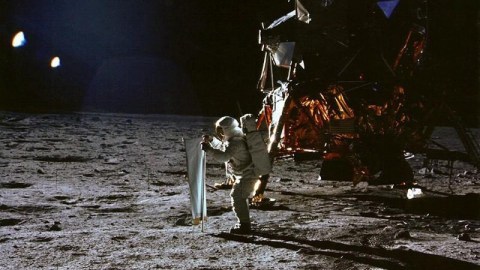
The past 300,000 years occurs in the blink of a cosmic eye, but it’s meant everything to humanity.
The history of humanity was anything but inevitable. Although the Universe created the conditions and ingredients that made our existence possible, it was only a series of unlikely events that unfolded that gave rise to us specifically. If even one of a countless number of outcomes had been different, our species may never had evolved on planet Earth.
But 300,000 years ago, Homo sapiens were living in Africa, having evolved from our shared common ancestors. For nearly all of that time, we lived concurrent with other hominids like Homo Erectus and Neanderthals, with all of us taking advantage of fire, tools, clothing, language, and artificially-built shelters. From a primitive hunter-gatherer state to the technologically-advanced modern world, here’s the final stage in the story of us: how human civilization developed.
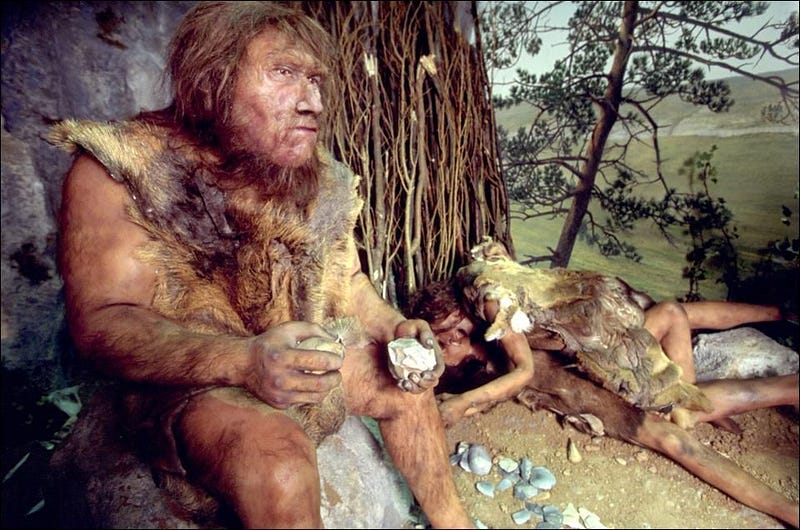
Even though hominids had previously spread throughout the temperate continents of the world, human beings remained in Africa exclusively for some time. 240,000 years ago, Neanderthals evolved, joining modern humans but possibly arising in Europe first. Very little is known about the early stages of human civilization, save to say that all three late-surviving hominds — human beings, Neanderthals, and the remaining populations of Homo erectus — all lived concurrently.
Then, around 115,000 years ago, the last glacial period arrived, compelling the surviving populations to move closer to equatorial latitudes. While human and Neanderthal populations thrived, the remaining Homo erectus population went extinct around this time or shortly before it. Modern humans left Africa for Europe as well, arriving some 40–45,000 years ago. For a brief time, humans and Neanderthals coexisted.
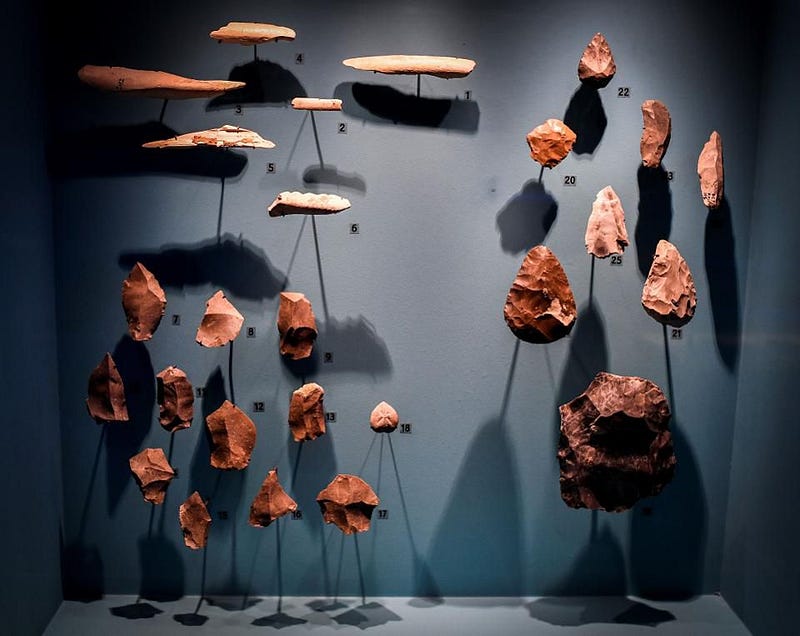
Fossil evidence abounds of violence and competition between humans and Neanderthals, with many primitive weapon marks discovered on the skeletons of both. The earliest musical instrument — a bone fipple flute, similar to a modern recorder — dates back to 40,000 years ago where Neanderthals dwelled. Also found right around this time, roughly 37,000 years ago, is the earliest example of a domesticated dog specimen, found cohabiting with modern humans.
Neanderthals and humans likely interbred for a time, but the interspecies competition was fierce and brutal. By the time another few thousand years had passed, there were no more Neanderthals remaining. As of approximately 34,000 years ago, Homo sapiens had driven all other modern hominids to complete extinction.
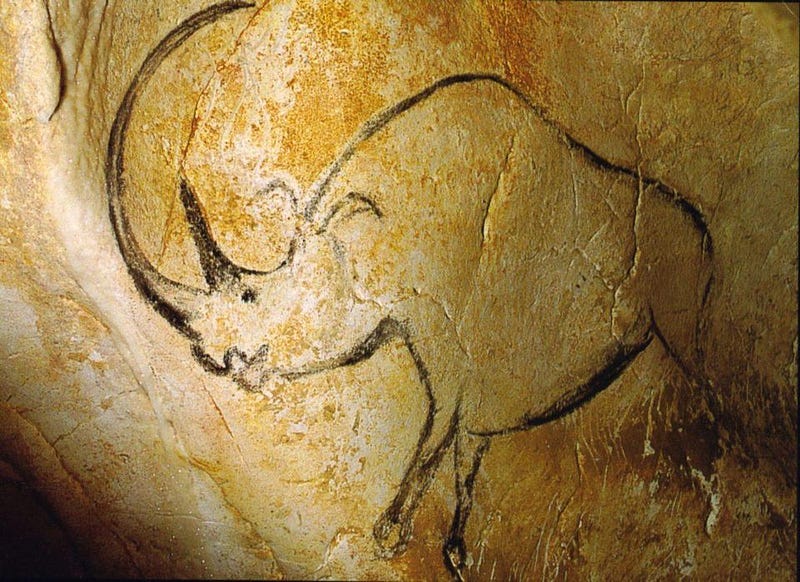
As hunter-gatherers during this glacial period, numerous archaeological finds point to a rich cultural history that is now almost totally lost.
- 32,000 years ago provide us with our earliest evidence of cave paintings, found at Vallon-Pont-d’Arc in modern France.
- 28,000 years ago, we find the earliest representational sculpture: the Venus of Willendorf, located in modern Austria.
At this point, the last glacial period has started coming to an end, with ice retreating towards the poles and many changes occurring to the terrestrial landscape. As the ice begins to melt, water accumulates, while the remaining ice acts like a dam to hold the water back. When those ice dams break, an enormous flood occurs, transforming the Earth, transporting topsoil, and creating new paths for lakes, rivers, bare mountains, and dry land.
Some 15,000–17,000 years ago, the first modern humans arrive in North America, either over the Bering land bridge from Asia or by boat from Europe. As the climate warms and the human population grows, the woolly mammoth goes extinct in the Americas and Europe approximately 12,000 years ago.
Around this time, the first evidence for agriculture emerges: humans are deliberately planting seeds to grow their own food. This is followed very swiftly by the domestication of herd animals: sheep are first domesticated 11,000 years ago (in Iraq); goats (in Iran) and pigs (in Thailand) are domesticated 10,000 years ago, accompanied by the final retreat of the last continental ice sheets in Europe and North America. The last glacial period is officially over.
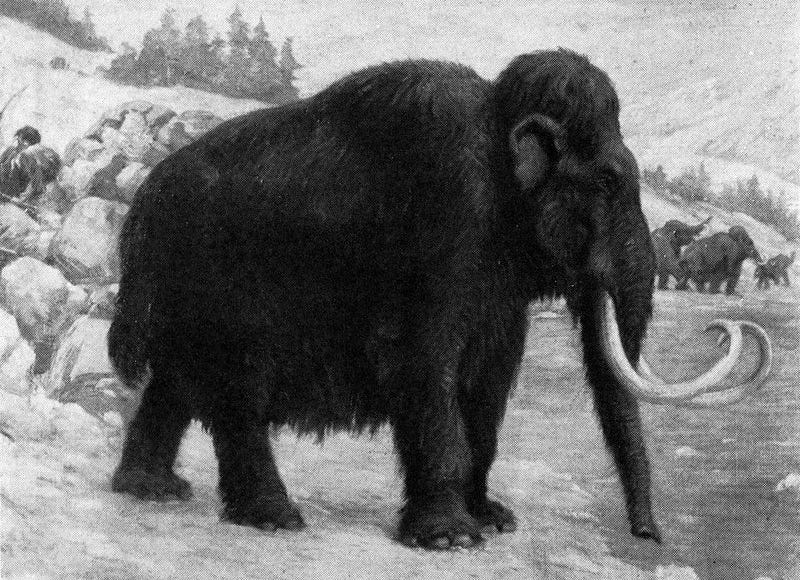
Along with animal domestication, human civilization enters a period dominated by agricultural farming, herding, and ranching. We move from being primarily hunter-gatherers to an early agrarian culture. 9,500 years ago, the first evidence for cultivated wheat and barley emerges in ancient Mesopotamia. The first walled city arises at this time: Jericho in Palestine, with an estimated population of 2,500 humans.
8,000 years ago, the first evidence of pottery arises in Mesopotamia, along with the domestic skills of spinning and weaving. In modern Georgia, also 8,000 years ago, the first evidence of winemaking emerges. Shortly thereafter, approximately 7,600 years ago, the basin of what is today the Black Sea floods from the Mediterranean; this is thought to be the flood referenced in myths like Noah’s Ark or the demise of Atlantis.

Meanwhile, 7,500 years ago, millet and rice are cultivated in China.
7,000 years ago, the first cattle, bred from the ancient auroch, are domesticated in Iran. At this time, the population of humans on the planet crosses the 5 million mark.
Horses are next: they are domesticated in modern-day Ukraine around 6,300 years ago.
This led to the first great technological development in the Stone Age world: the plough. With large pack animals domesticated, they could be yoked to a large device that they could pull, performing the work of many farmers with many hoes in a fraction of the time. The first evidence for ploughs appears approximately 5,500–6,000 years ago, where the modern Czech Republic is located.

Advances occur swiftly and rapidly as the human population explodes.
- 5,500 years ago, the wheel is invented, put to use immediately in transport and pottery.
- 5,400 years ago, the first number system is developed, followed by the first written words and documents: ancient receipts for commerce.
- 5,000 years ago, the first more complex writings — hieroglyphics in Egypt and Cuneiform in Mesopotamia — emerge, with papyrus writings appearing just a few hundred years later in those same langauges.
- 4,700 years ago, the first monuments of the ancient world are constructed: the Egyptian pyramids.
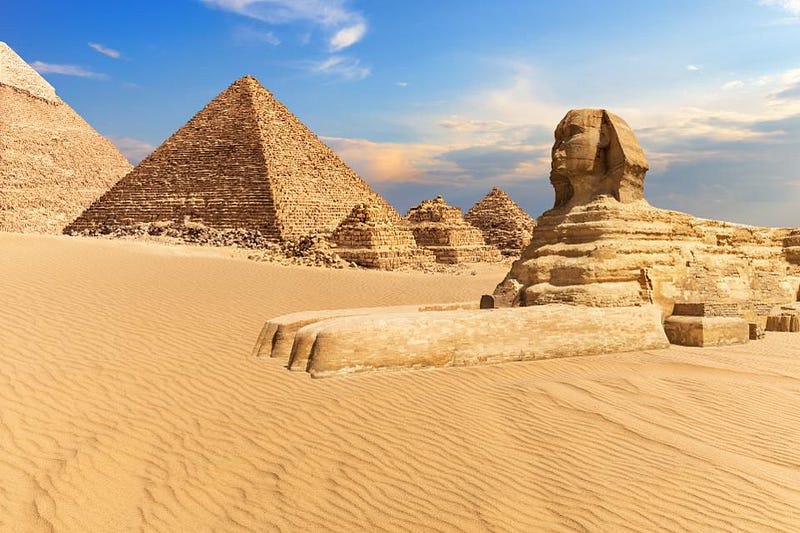
One of the most important developments comes some time in the next few hundred years: the development of bronze-working. Bronze, a mix of copper and tin (or copper, tin, and lead if you’re clever) is much, much harder than the prior stone-and-bone tools used up to that point, and herald two major developments: well-equipped armies and the first metallic money, both arising around 4,000 years ago.
Also right around 4,000 years ago, the first example of ice cream is invented: in China.
The Kahun papyrus, the oldest medical text, dates to 3,800 years ago, and its subject is gynecology: fertility, pregnancy, contraception, as well as diseases and treatments.
And 3,500 years ago, in a huge achievement for humanity, the first alphabet appears: North Semitic, which arises in Palestine and Syria.
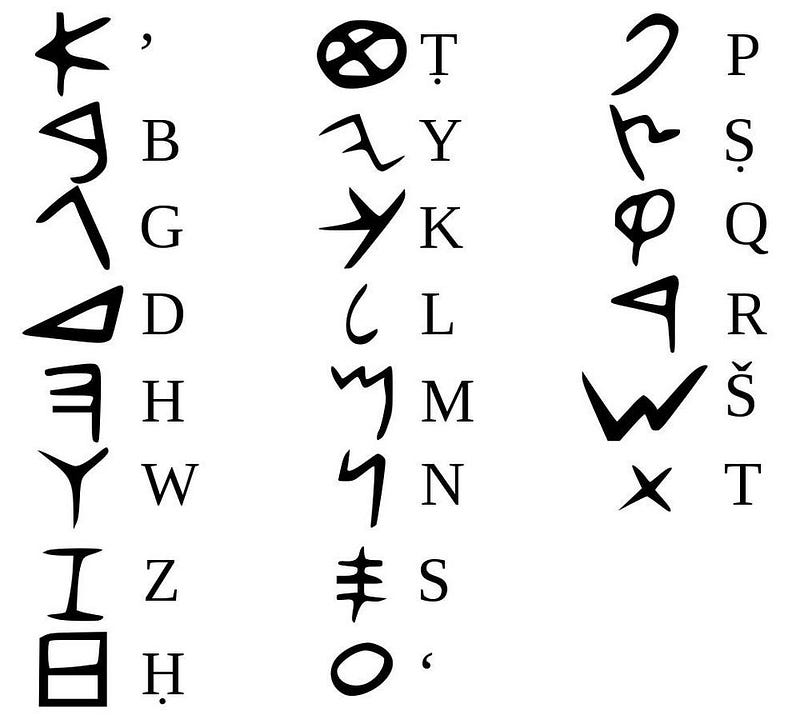
3,000 years ago, maize is cultivated in the Americas. Along with rice and wheat, these are the primary agricultural crops feeding modern humans in the world, as our population crosses the 50 million mark. Right around this time, the events of the Trojan war, memorialized 200–300 years later in Homer’s Iliad and Odyssey, are theorized to have taken place.
2,700 years ago, the iron age begins, with bronze age civilizations seeing their shields cleaved in two by iron swords.
2,600 years ago, the Greek civilization reaches its peak, bringing its characteristic democracy, laws, poetry, plays, and philosophy to the world.
2,200 years ago, the Great Wall of China is built; spanning 1,900 km in length, it is the largest structure ever built in the ancient world.
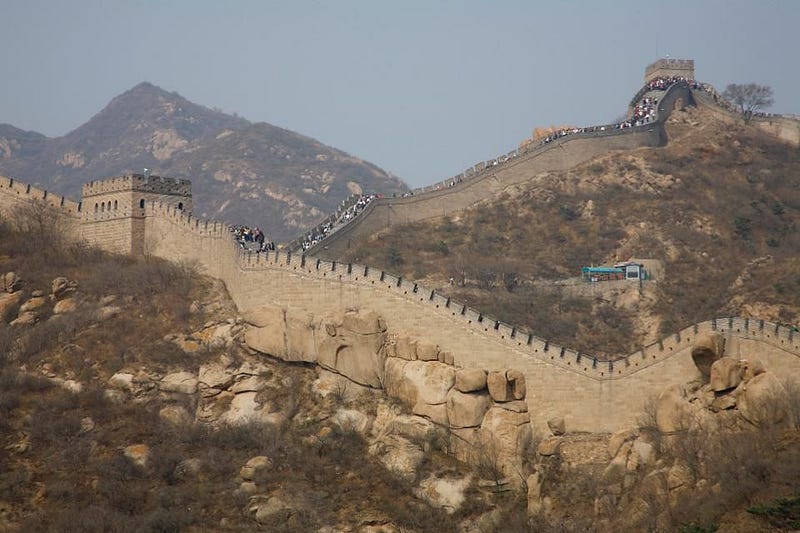
Alongside our cultural advances, human culture and knowledge developed at a spectacular rate. This includes:
- Euclidean geometry, which arose 2,300 years ago,
- the architectural arch, arising 2,200 years ago,
- the use of the abacus, first appearing 1,900 years ago,
- the first magnetic compass, developed 1,700 years ago,
- the first block printing device, developed 1,200 years ago,
- and the first explosive — gunpowder — developed 1,000 years ago.
Empires rise and fall across the globe, as do various religions. Scientific advances begin to occur, transforming our understanding of the Universe from a geocentric one to a heliocentric one less than 500 years ago.
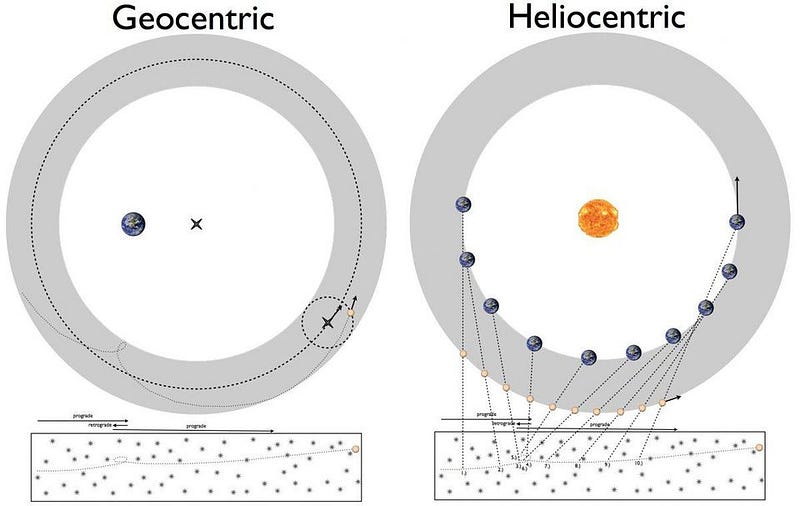
Just 360 years ago, the world population of humans passes the 500 million mark. Modern science begins to arrive, with Newton completing his great Principia 330 years ago, followed by Linnaeus cataloging organisms into genus and species classifications 280 years ago. The major invention of the time is the steam engine and powered machinery, arising 250 years ago and leading to the industrial revolution.
Humanity’s developments now occur at a furious pace, including:
- 215 years ago, factory production of textiles, iron and steel begins.
- 190 years ago, the first railways are built.
- 180 years ago, Charles Babbage’s analytical engine is developed, paving the way for modern computers.
- 155 years ago, the first internal combustion engine is built, leading to the automobile.
- 140 years ago, the telephone and electric light bulb are invented.
- 110 years ago, the theories of relativity (special first in 1905, then general in 1915) are developed.
- 90 years ago, the first antibiotic is isolated.
- 75 years ago, humans successfully split the atom, leading to the nuclear age, the atomic bomb, and the technological revolution of our modern world.
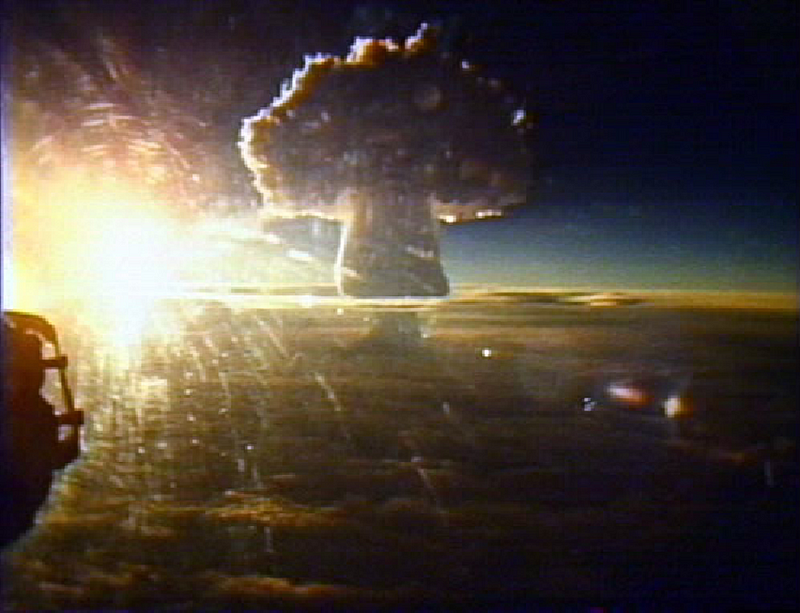
Over the past 70 years, a slew of developments have occurred that have fundamentally transformed our world. Our population passed 5 billion in 1986, and sits at 7.4 billion today. The structure of DNA was found in the 1950s, and since then the human genome has been sequenced, leading to a revolution in our understanding of genetics and biology. We have cloned advanced, living mammals.
We have entered space, landed astronauts on the Moon, and have sent spacecraft out of the Solar System. We have changed our planet’s climate, and continue to do so, but have become aware of our impacts on the planet.

As of today, 13.8 billion years after it all began, we are the most intelligent known creatures ever to grace this Universe. We have figured out the cosmic history of us, bringing us to a crucial point in human history. The next steps for humanity are all up to us. Will this be the beginning of the end for humanity? Or will we rise to the challenges of the modern world? Human civilization and the future of planet Earth hangs in the balance.
Further reading on what the Universe was like when:
- What was it like when the Universe was inflating?
- What was it like when the Big Bang first began?
- What was it like when the Universe was at its hottest?
- What was it like when the Universe first created more matter than antimatter?
- What was it like when the Higgs gave mass to the Universe?
- What was it like when we first made protons and neutrons?
- What was it like when we lost the last of our antimatter?
- What was it like when the Universe made its first elements?
- What was it like when the Universe first made atoms?
- What was it like when there were no stars in the Universe?
- What was it like when the first stars began illuminating the Universe?
- What was it like when the first stars died?
- What was it like when the Universe made its second generation of stars?
- What was it like when the Universe made the very first galaxies?
- What was it like when starlight first broke through the Universe’s neutral atoms?
- What was it like when the first supermassive black holes formed?
- What was it like when life in the Universe first became possible?
- What was it like when galaxies formed the greatest numbers of stars?
- What was it like when the first habitable planets formed?
- What was it like when the cosmic web took shape?
- What was it like when the Milky Way took shape?
- What was it like when dark energy first took over the Universe?
- What was it like when our Solar System first formed?
- What was it like when planet Earth took shape?
- What was it like when life began on Earth?
- What was it like when Venus and Mars became uninhabitable planets?
- What was it like when oxygen appeared and almost murdered all life on Earth?
- What was it like when life’s complexity exploded?
- What was it like when mammals evolved and rose to prominence?
- What was it like when the first humans arose on Earth?





